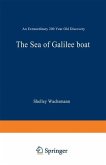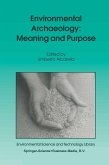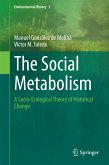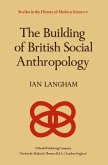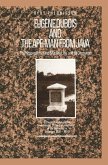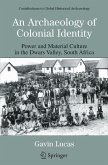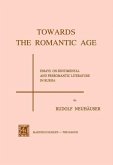Part I introduces general topics concerning measurement error, data quality, research design, typology, probability and databases. It also includes data presentation, basic artifact conservation, and laboratory safety. Part II offers brief surveys of the analysis of lithics and ground stone, pottery, metal artifacts, bone and shell artifacts, animal and plant remains, and sediments, as well as dating by stratigraphy, seriation and chronometric methods. It concludes with a chapter on archaeological illustration and publication.
A new feature of the book is illustration of concepts through case studies from around the world and from the Palaeolithic to historical archaeology.The text is appropriate for senior undergraduate students and will also serve as a useful reference for graduate students and professional archaeologists.
Dieser Download kann aus rechtlichen Gründen nur mit Rechnungsadresse in A, B, BG, CY, CZ, D, DK, EW, E, FIN, F, GR, HR, H, IRL, I, LT, L, LR, M, NL, PL, P, R, S, SLO, SK ausgeliefert werden.
"I expect this new edition to become a key textbook for my archaeological lab sciences courses, and I recommend it to others who are teaching similar classes. ... this book should age better than others and remain a valuable teaching resource for many years to come." (Ellery Frahm, American Antiquity, February 23, 2021)



